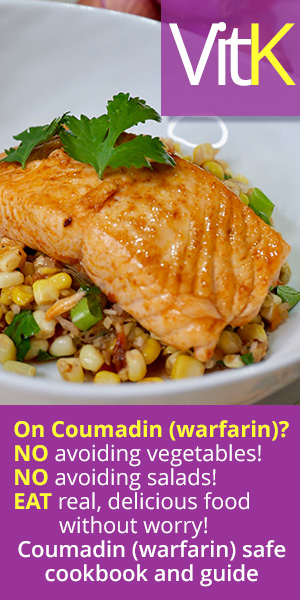Whole Grains and Hypertension
A recent long-term (10 years) study of over 28,000 women in the United States found an inverse association between the amount of whole grains consumed in a typical day and the subjects' risk of high blood pressure (Am J Clin Nutr 2007; 86(2):472-9).
The women in the study were all health professionals of at least 45 years of age and were free of heart disease, cancer, or high blood pressure at the start of the study. Their dietary habits were assessed by a detailed questionnaire, and their health status was monitored through regular follow-up contact. The researchers' analysis took into account Body Mass Index, smoking status, alcohol use, and exercise level, among other variables.
Whole grains were defined in this study as including dark bread, whole-grain breakfast cereal, popcorn, cooked oatmeal, brown rice, and other grains. Those women who ate between two and four servings of whole grains per day, on average, saw their risk of high blood pressure drop by almost 10% compared to those women who averaged less than one serving of whole grains per day. Those women whose average intake topped 5 servings per day enjoyed a reduction in risk of almost 25%.
What's particularly interesting about this study is that the whole grain foods that were eaten most frequently were dark bread, popcorn, and whole-grain cold breakfast cereal (there's that "old fashioned" breakfast again!).
What this means for you
It's easy to get more whole grains in your diet, simply by making better choices in what you eat already. Have a whole-grain cereal for breakfast, or have oatmeal. Choose wheat bread for your sandwiches at lunch. And at dinner, choose brown or wild rice for your side dish.
First posted: August 15, 2007




